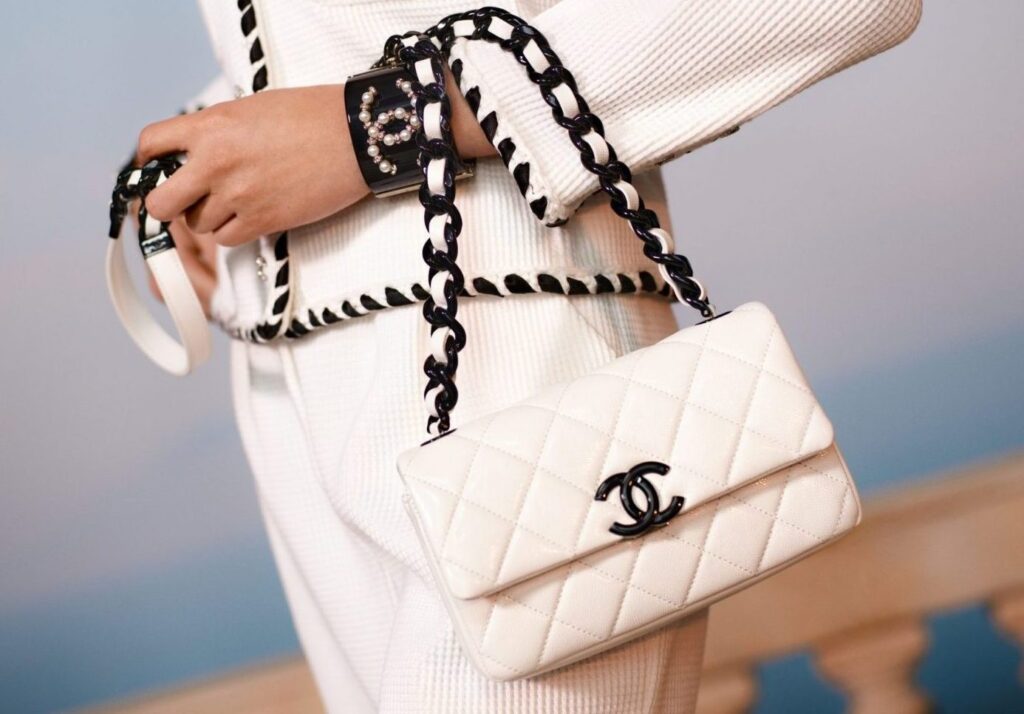Back in 2020, Boohoo found itself at the center of a headline-making scandal thanks to allegations that laborers in its supply chain were working in “cramped high-density conditions,” dominated by extreme temperatures and poor air quality, while being paid well below the national living wage. The allegations, as first revealed by way of an undercover investigation and subsequent report by the Sunday Times, prompted pushback from British regulators, consumers, and investors, alike, with at least some, including one of its largest shareholders, Standard Life Aberdeen, which has sold two thirds of its holdings in the company – opting to distance themselves from the burgeoning fast fashion group.
Not limited to mass-market giants, higher up the fashion totem pole, luxury and high fashion brands have been subject to labor-related unrest. In the past several months, alone, labor-related discord has thrust the likes of Christian Dior and Armani into the spotlight, with prosecutors in Milan alleging that entities tied to both luxury brands appear to benefitting from exploited laborers.
In a court order released in April, the Court of Milan stated that one of Armani’s suppliers “used subcontractors in the Milan area that employed undocumented migrants for the production of Armani [products],” subjecting these individuals to “particularly disadvantageous working conditions.” More recently, Dior came under fire for allegedly offering up handbags that were manufactured and supplied by Chinese-owned, Italy-based subcontractors, which were staffed with illegal immigrants who “were employed for extended hours” and lacked “regular contracts.”
These instances of exploitation, which are symptomatic of a larger issue that runs rampant in the global fashion industry, raise the question: Why have fashion brands failed to clean up their acts?
The unfortunate reality if that if they want to be part of the solution, companies are likely to be hindered by the current legal system. The problem is if brands are to eradicate labor exploitation, they must take more control of their supply chains. And if they take more control over their supply chains, they open themselves up to the risk of tremendous legal liability. As such, in order to effect real change in the global fashion industry, the countries where brands are headquartered – whether it be Spain, home to Zara’s parent company Inditex, Sweden for H&M, or France for most of the brands owned by LVMH and Kering – need to reconsider their legal policies. To be specific, the existing liability rules need to be amended to incentivize brands’ direct involvement in labor issues within their supply chains.
Global Value Chains
Over the past few decades, the production processes for garments and accessories has evolved, becoming multi-faceted, multi-national, and ultimately, very complicated. These “global value chains” include all the activities that are necessary to a product’s life-cycle – designing, manufacturing, packaging, selling, and sometimes, even recycling. When it comes to the relationship between these vast networks of suppliers and the law, there is a connection between responsibility and liability. Generally, a brand is only legally responsible for the actions of suppliers if the brand directly employs and controls that supplier.
In a global value chain, the majority of suppliers typically fall outside of a brand’s direct control, operating, instead, as contractors and in many cases, even subcontractors, the latter of which are more often than not undocumented, as they tend to operate in informal setting, such as their homes.
Like many activist organizations, Oxfam places the onus on fashion brands to improve the labor practices of their subsidiaries and suppliers in developing countries. For instance, Oxfam has been calling for brands to implement a “living wage” – or a wage that is sufficient for workers to meet their basic needs. A recent report from the organization estimated that enforcing a living wage could increase the final product price by as little as 1 percent, an amount that Oxfam suggests, could be absorbed by the companies at play in order to keep prices from rising.
The critical element here is this: To ensure individual garment workers receive a living wage, brands need to exert additional oversight and coordination of their suppliers and subsidiaries. In other words, brands would need to take stronger control not only of their own suppliers but also of their suppliers’ suppliers, and their suppliers’ suppliers’ suppliers, and so on, which is known as supply chain integration.
Not an unfamiliar concept, brands have demonstrated that they are eager to integrate their supply chains – albeit not necessary for labor-related reasons. From the brands’ perspective, integration can help ensure production efficiency (including access to necessary materials), product quality control, and effective management of brand reputation. This is one of the reasons why, for example, the likes of Chanel, Hermès, and other luxury brands have been actively acquiring their supplier factories.
In many ways, it turns out, activists and brands actually want the same thing. They want greater supply chain integration. So, what is stopping brands from doing so? The answer is the legal landscape that risks exposing the brands to colossal liability as a consequence of their efforts.
It is impossible to put an exact number on how much such liability might cost a fashion brand. But by analogy, an Australian court previously ordered a domestic company to pay over a million dollars for workplace misconduct that occurred against a single employee. Against that background, it is not difficult to understand why brands might fear being liable for all of the misconduct directed against every overseas worker in their supply chains.
What will it take to create change?
In this regard, brands are in something of a Catch-22 situation. As the law currently stands (and because brands consequently limit integration), brands are rarely liable when a supplier or subsidiary in their chain runs afoul of the law. The problem from the brands’ perspective is that they are likely to lose any of their legal defenses if they proactively take control of their supply chains. This is true whether the control is for purposes of what they selfishly want (more efficient supply chains) or what activists want (better labor practices).
This dilemma played out following the 2013 Rana Plaza tragedy, when many European brands signed a safety accord that seeks to protect Bangladeshi workers from unsafe working conditions. Some fashion brands refused to sign the accord precisely because of the fear of future liability.
To get brands on board with improving their supply chains and stopping worker exploitation, the first step is to recognize the complex landscape in which brands operate. In the current environment, it is often safer – legally and financially – for brands to limit their involvement in labor issues, and hide behind third-party “monitoring” and “audits.” To truly affect change, though, we must find ways to transform what are now risks of action into incentives for change.
Kevin Sobel-Read is a Lecturer in Law and Anthropologist at the University of Newcastle.
Georgia Monaghan is a Research Assistant at the University of Newcastle.














